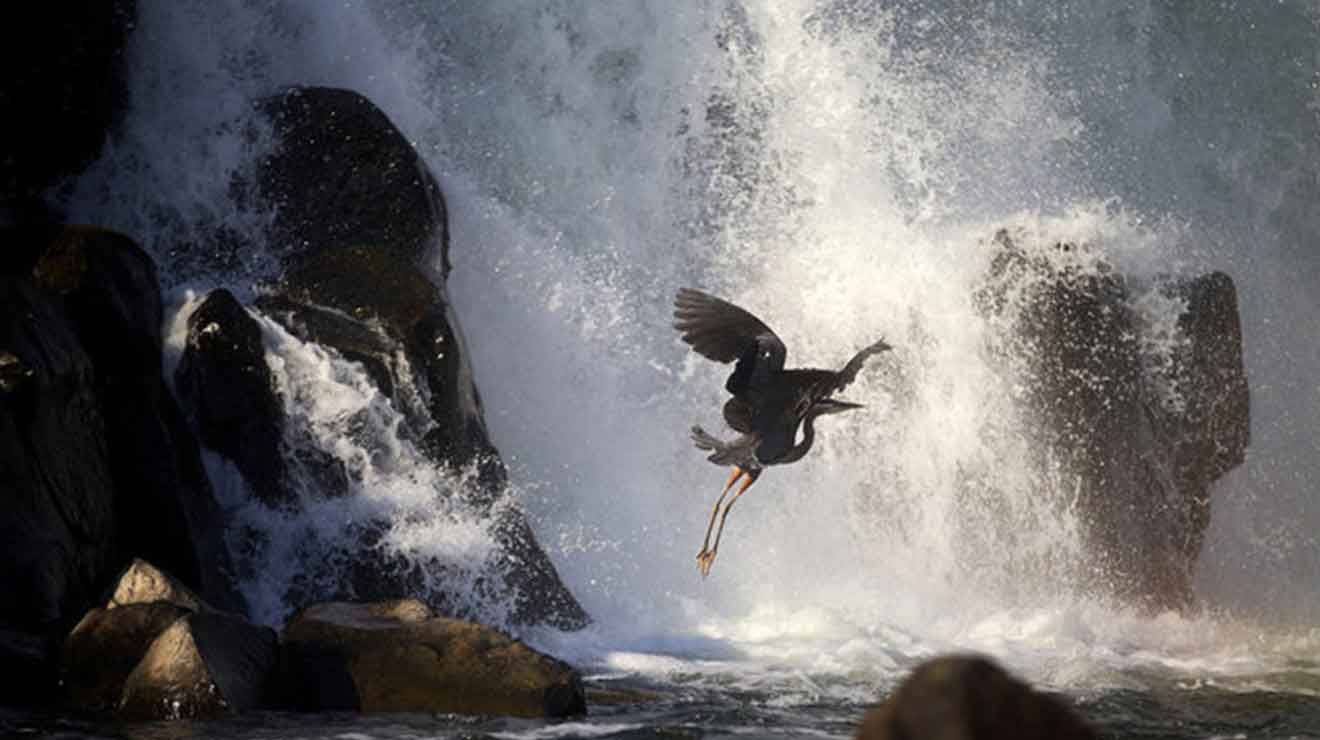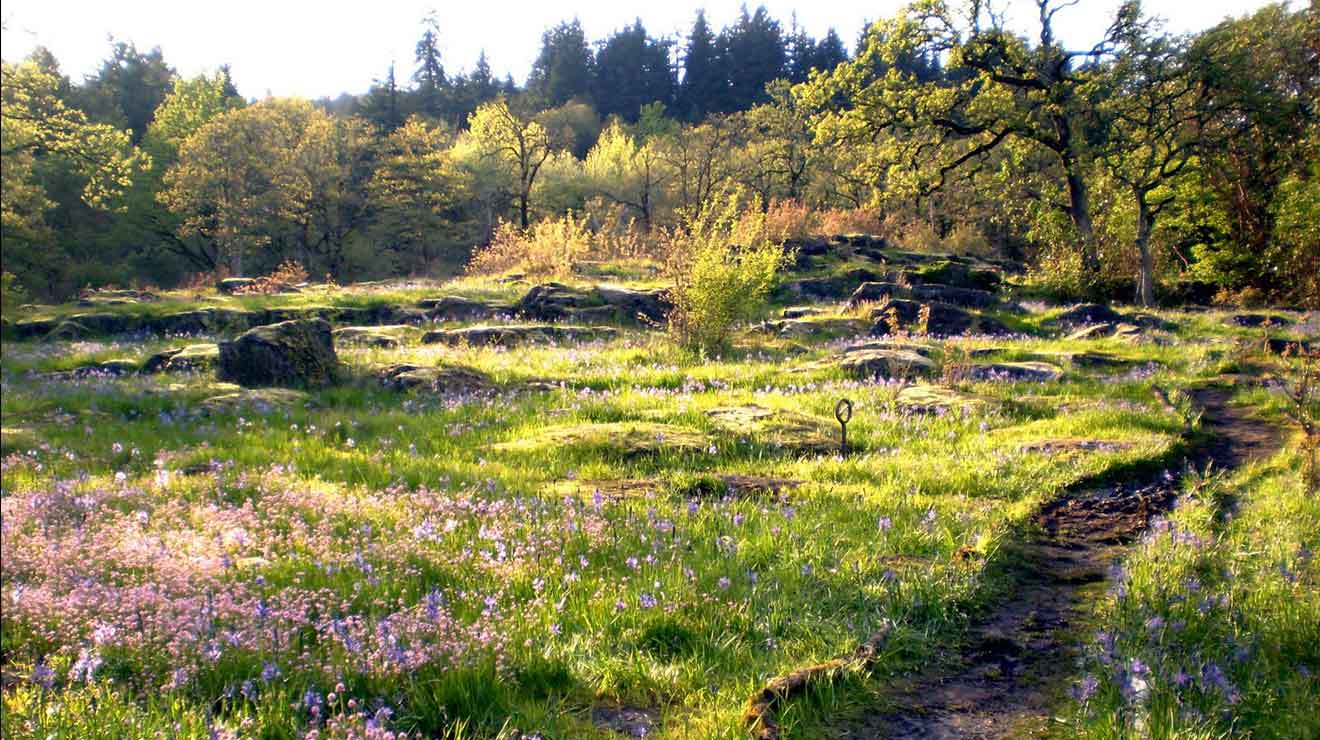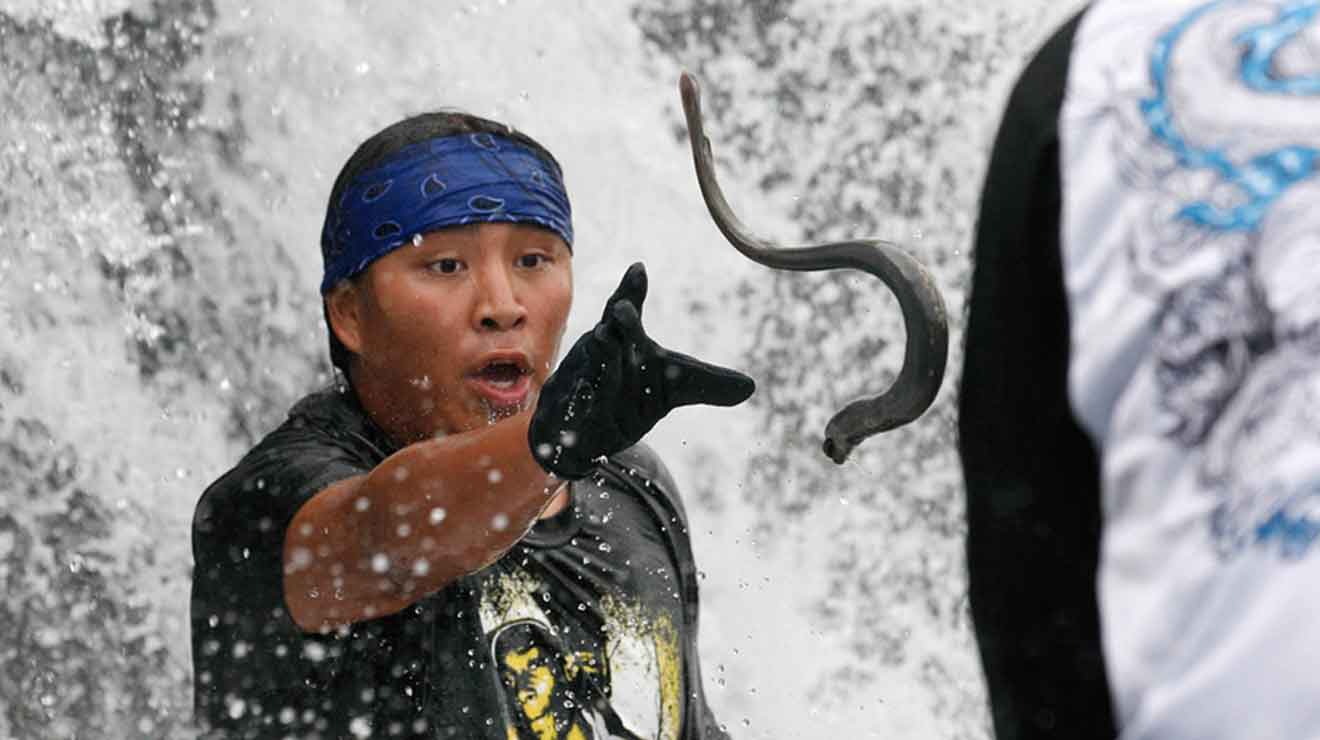Historic and Cultural Interpretation
Visitors will learn about the rich history of the Oregon City riverfront. Willamette Falls served as an important cultural site for Native American tribes. John McLoughlin built the Pacific Northwest’s first lumber mill here. And, in 1844, Oregon City became the first incorporated city west of the Rocky Mountains.
Key Elements
- Emphasizes unique geology, Willamette River and Willamette Falls
- Honors Native Americans’ presence at Willamette Falls: past, present and future
- Honors the significance of the site and the falls to the former Oregon Territory and settlement of Oregon
- Honors the significance of industrial development at Willamette Falls
Desired Outcomes
- Interactive, holistic and creative interpretation at multiple levels
- Respect and accommodate Native American salmon fishing and lamprey harvest traditions and protection of natural resources
- Increased awareness of all aspects of the cultural and historic significance of Willamette Falls
- Highlight national importance of industrial development at Willamette Falls
- Honor the past by “doing better” now
- Adaptive reuse of existing buildings to support the creation of an authentic place
Public Access
Visitors will get a front-row seat to experience the majestic and truly extraordinary Willamette Falls. Inaccessible for public enjoyment for more than 150 years, the Falls are one of the most scenic places along the Willamette River.
Key Elements
- Connects people physically and emotionally with the river
- A complete sensory experience of water is incorporated throughout the site (hearing, seeing, feeling, smelling)
- The site design reflects unique aspects of the place with unifying design elements integrated throughout
- The public space emphasizes arrival by foot, bike or transit while accommodating the automobile
- Sustainability is incorporated throughout the design and the site
Desired Outcomes
- Permanent, prominent and breathtaking public access to this site, the river, cultural history and the falls
- The public space is generously sized and inviting to a diverse range of people, including families and children of all ages
- Multiple, creative and unexpected opportunities are provided to physically connect to the river
- Integration of the site and the pedestrian/bike circulation system into the local and regional trail system north and south
- Integrated connection to downtown Oregon City
- Protected views of intact natural habitats along the river and falls
- Diverse scenic views of the falls and river, including views of the falls that reveal themselves as one proceeds through the site
- The public space and falls access are a catalyst for economic development in Oregon City and enhance the value of development on the site
Healthy Habitat
This place is critical for water quality. Fish and lamprey that travel the river pass through or around Willamette Falls. Historically, the falls were surrounded by unique plants that thrived in microclimates created by the mist. Protecting the site provides an opportunity to re-establish native plant communities, enhancing this ecologically diverse stretch of the Willamette River.
Key Elements
- Riparian habitat: opportunities to restore riparian and rocky outcrop areas along the Willamette River above and below Willamette Falls
- Native fish habitat: shoreline and river provide a mixture of habitat elements important to native fish
- Water quality: springs and seeps, stream day-lighting, clean and cool water, and returning existing water rights to in-stream use for fish and water quality
- Floodplain protection: opportunities to maintain or enhance the ability to store flood waters on site during major storm events
Desired Outcomes
- Restore native trees and shrubs along a 50- to 150-foot buffer along the Willamette River
- Protect and restore rocky outcrops to provide unique habitat for insects, amphibians and rare plants
- Restore floodwater access to its natural floodplain by removing nonessential buildings and infrastructure left from previous industrial use
- Provide important habitat for migratory birds and other wildlife species
- Improve water quality through filtration, stormwater attenuation, woody debris and leaf litter inputs into the river
- Restore shoreline habitat complexity, including alcoves and inlets for cool water refuge and off-channel habitat during periods of high river flow
- Provide important resting and movement habitat for Pacific lamprey, salmon and steelhead
- Improve water temperature and chemistry over baseline of existing conditions at the site
- Support efforts by other public agencies to restore habitat in the Willamette River Greenway
- Showcase how urban development can integrate nature and ecosystem services into urban design
- Establish an urban forest canopy along streets and public spaces where suitable soil exists
- Adding flow through the Millrace will increase habitat options for migrating fish
Economic Redevelopment
The Willamette Falls property will carry on a tradition of economic development along the riverfront, where mills and industry thrived for more than a century. With the closure of the Blue Heron Paper Company, Oregon City lost 175 jobs – a blow that can be redressed through redevelopment. The project will return part of the site to private development, reinvigorating the downtown as a hub of employment, shopping, business and tourism.
Key Elements
- Public access to river and Willamette Falls serves as catalyst for the regional center/downtown
- Access to nature is emphasized throughout development
- Unique quality of the place drives investment
- Creates a synergy for downtown Oregon City, with opportunities that are complementary to the infrastructure available there
- Regional destination drives tourism to Oregon City
Desired Outcomes
- Continued tradition of working waterfront
- Permanent and short-term job creation
- Increased opportunities for economic development
- Increased value of development on site and nearby
- A revitalized downtown Oregon City and West Linn
- Integrated with a thriving downtown Oregon City, complementing existing businesses and private enterprises
- Public space that supports an active, year-round regional center
- Increased foot and bike traffic that supports new development
- Increased opportunity for private investment
- A model of green development and sustainability
- A new Oregon landmark



